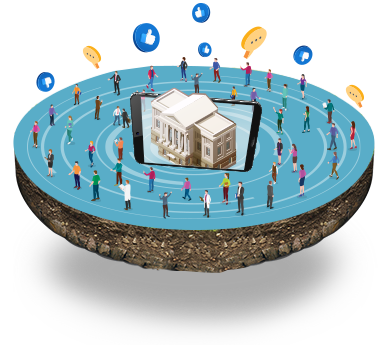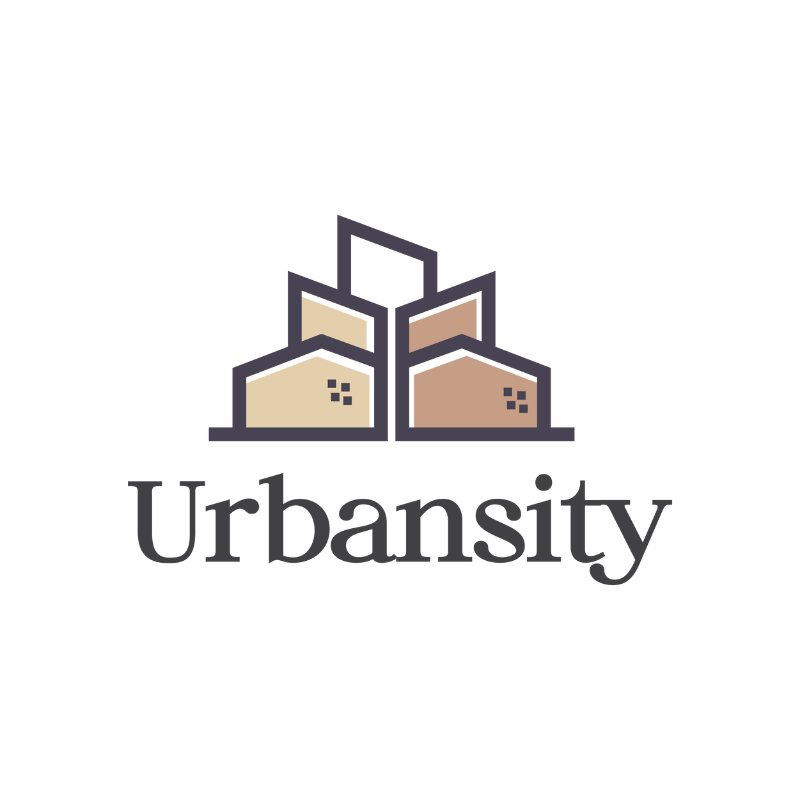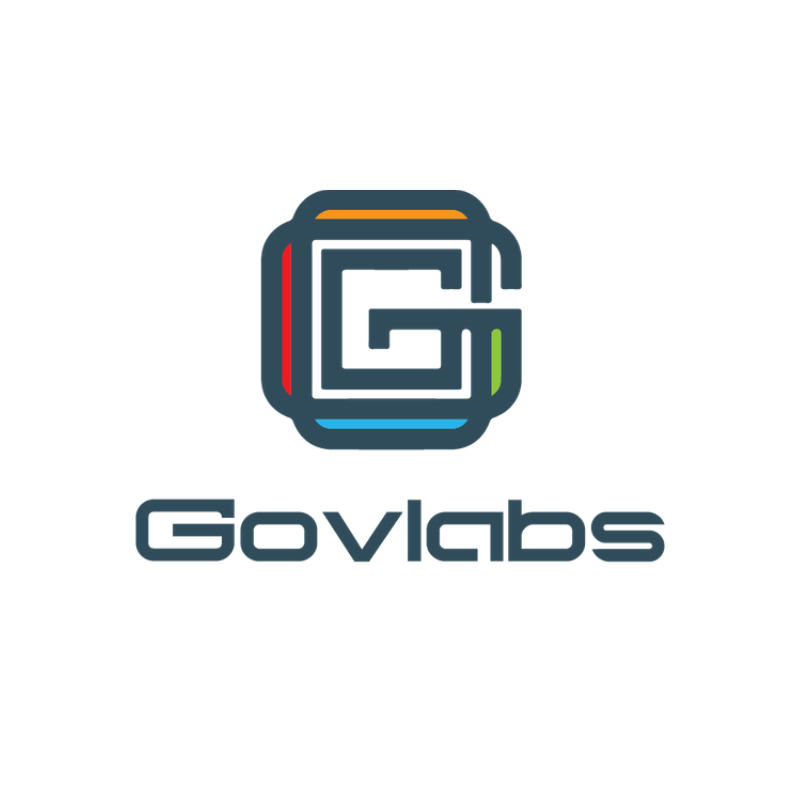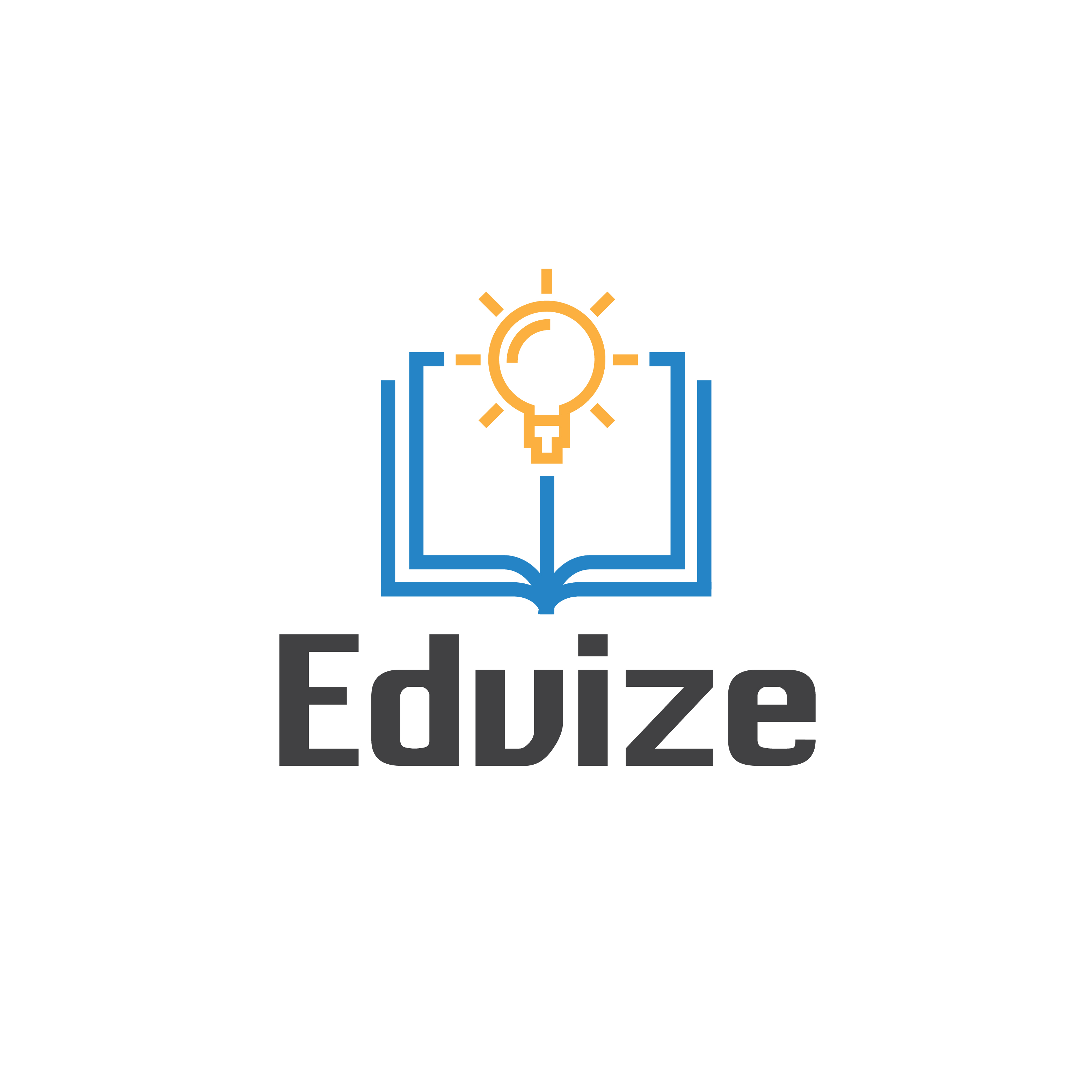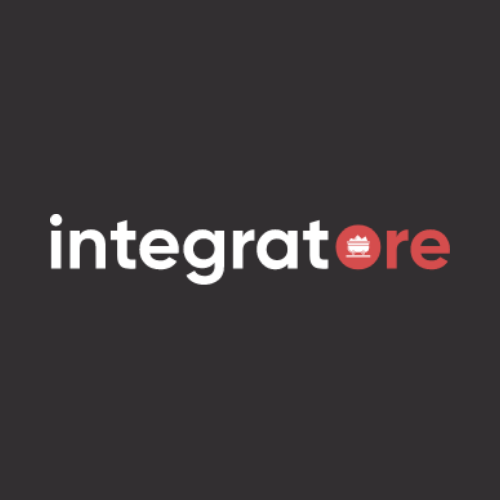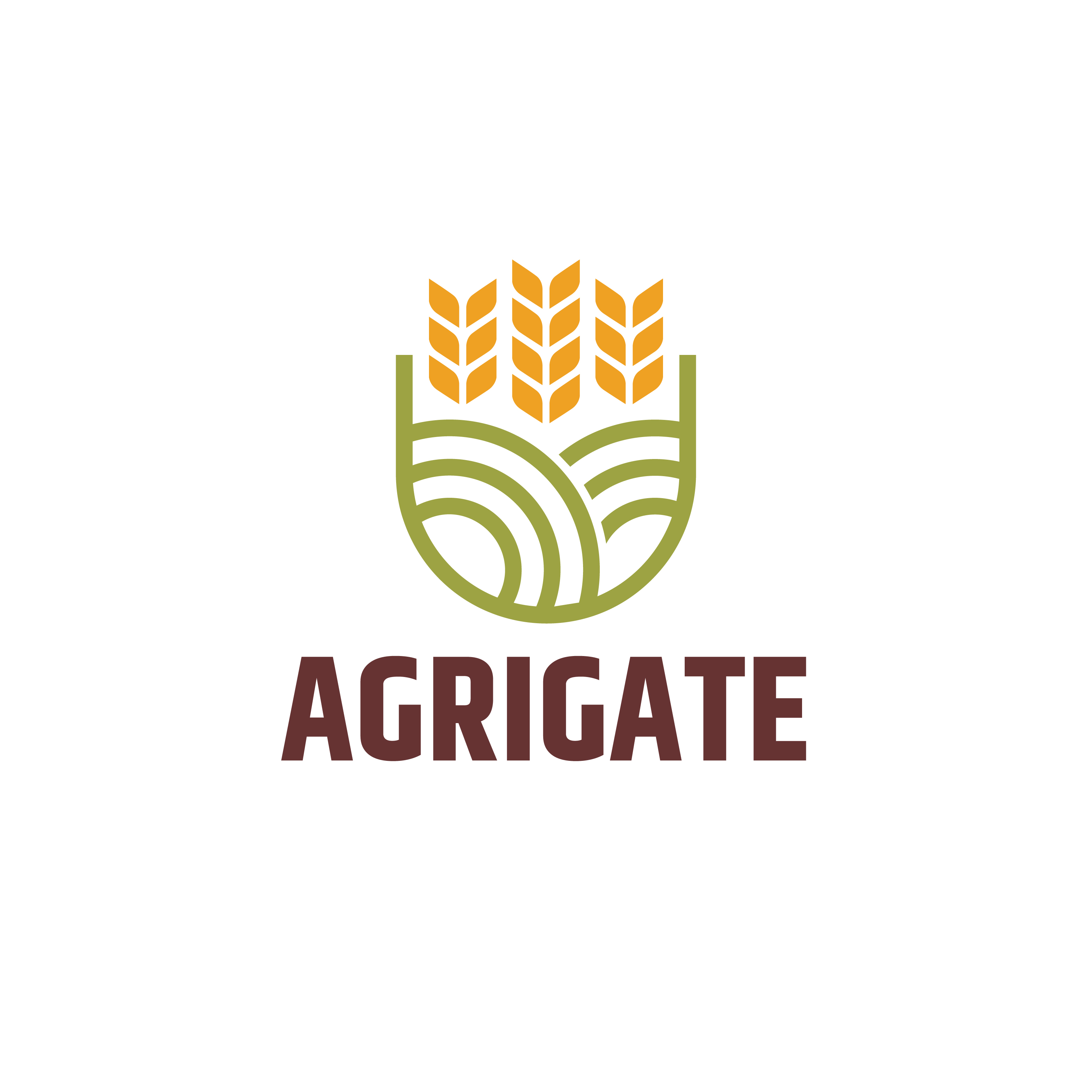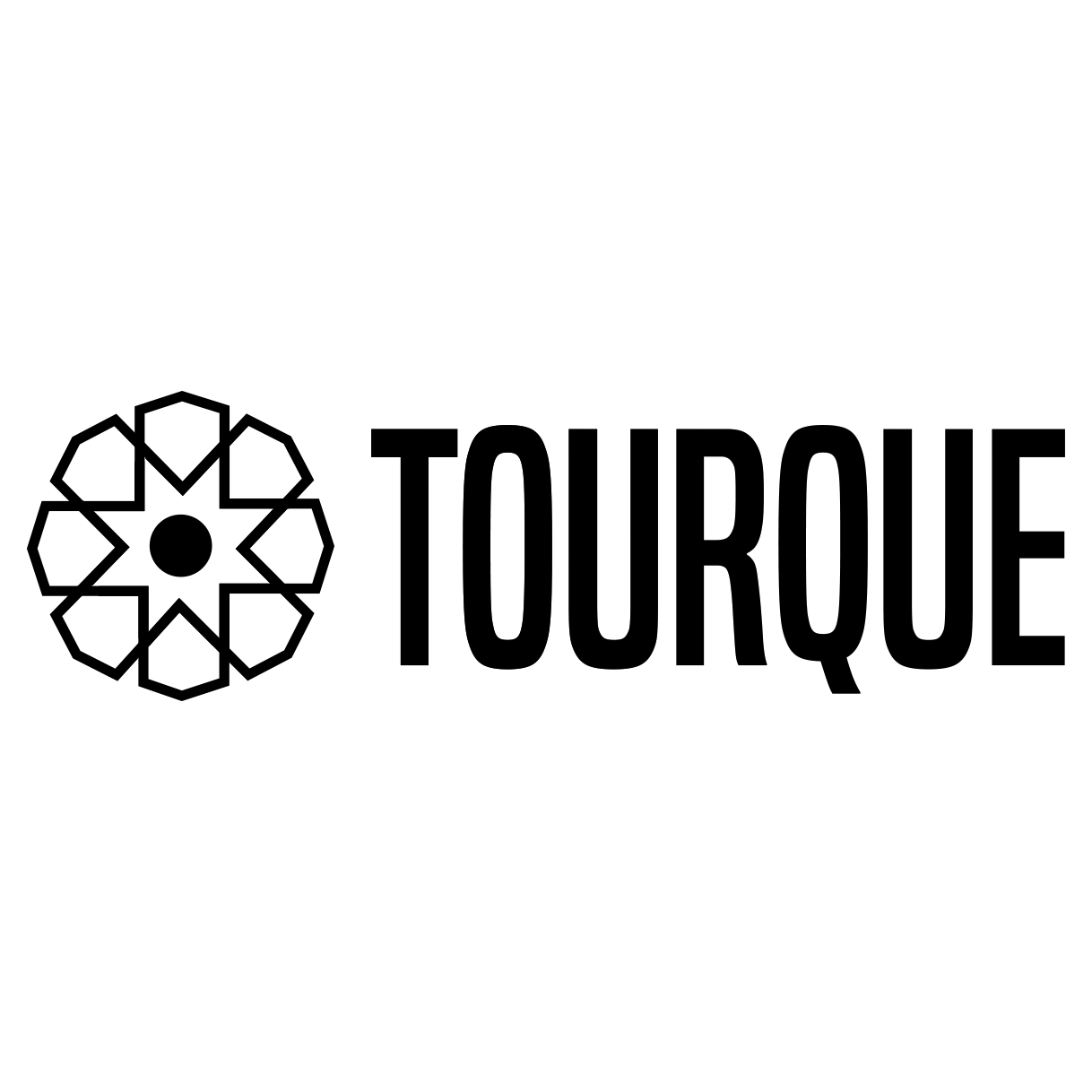A data lake operates a balanced architecture and object storage to store the data. Data lakes are made in reaction to the limits of data warehouses. While data warehouses provide businesses with highly performant and scalable analytics, which are expensive and proprietary. Data lakes can enclose hundreds of terabytes or even petabytes, holding recited data from functional origins, including databases and SaaS platforms. They make unedited and summarized data available to any authorized stakeholder. Azure Data Lake is a scalable data storage and analytics benefit.
Many companies use cloud storage services like Google Cloud Storage and Amazon S3 or Apache Hadoop distributed file system (HDFS). There is an incremental academic appeal in the notion of data lakes. For example, Personal Data Lake at Cardiff University is a new type of data lake that aims at managing the big data of individual users by providing a single point of gathering, managing, and transferring private data.
Why are data lakes important?
Because a data lake can quickly consume all sorts of new data by offering self-service permits, investigation, and visualization where businesses can notice and react to the latest data faster. And, they have entry to the data that they have never gotten in the past.
These recent data types and references are open for data discovery, proofs of conception, visualizations, and developed analytics. For example, a data lake is the most common data source for machine learning – a technique often applied to log files, clickstream data from websites, social media content, streaming sensors, and data originating from other internet-connected appliances. A data lake fast delivers the required scale and assortment of data to perform. It can also be a merger point for both big data and standard data, allowing analytical connections across all data.
Data Lake is used to store raw data and some of the intermediate or fully transformed, restructured, or aggregated data produced by a data warehouse and its downstream processes.
Data Lake Vs Data Warehouse
Relational databases and other structured data supplies use a schema-driven method. It means any data counted to them must serve to, or be converted into, the system predefined by their schema. The schema is aligned with associated business needs for typical usages. The best example of this kind of design is a data warehouse.
A data lake uses a data-driven design that authorizes for immediate ingestion of unique data before data layouts and business necessities are defined for its use. Sometimes data lakes and data warehouses are differentiated by the terms schema on write (data warehouse) versus schema on reading (data lake).
- The data warehouse restricts or slows the ingestion of the latest data. It is designed with a specific purpose in mind for the data, as well as specifically associated metadata.
- The data lake controls the raw data, stimulating it to be easily repurposed. It also permits many metadata tags for similar data to be assigned.
Since it’s not restricted to a single structure, a data lake can accommodate multi-structured data for the same subject area. Since it's concentrated on storage; a data lake needs a shorter processing capacity than a data warehouse. Data lakes are quite effortless, swifter, and less pricey to rise over time.
What is a Data Lakehouse?
At the chance of driving this lake metaphor too far, a fresh method to operating your data lake is via a data lakehouse. A data lakehouse blends the advantages of a data lake, including scale, efficiency, and flexibility, with the uses of a data warehouse that retain ideal support for structured data. Using the format of a data warehouse on a data lake, your business users can have effortless, streamlined permit to comprehensive data.
Key Features
1. Diverse Interfaces
These are essential because they sustain the data lake's intense combination of probable use cases.
2. Sophisticated access control mechanisms
Data owners must be capable to set approvals for preserving data secure and confidential when and where it requires to be. Access management, encryption, and network security elements are vital for data governance.
3. Search and cataloging features
Without generic procedures for managing and locating huge quantities of myriad data, data lakes fail to be maximally open and useful. These components might contain optimized key-value storage, metadata, tagging, or tools for gathering and categorizing subsets of all entities.
4. Details on processing and analytics layers
Analysts, data scientists, machine learning engineers, and decision-makers derive the best advantage from centralized and fully available data so, the lake must defend its diverse processing, modification, collection, and analytical requirements.
Data Lake Benefits
Data lakes are most profitable for businesses that must create extensive amounts of data known to stakeholders with various agilities and essentials. Within this context, they offer many benefits.
1. Resource Reduction
Being able to store any sort of data indicates resource savings at no loss of value. In traditional systems, engineers and designers put action into serving everything together beneath one model. Data going new symbolizes time wasted on unnecessary processing. In a data lake, resources are only expended if and when data is taken.
2. Organization-Wide Accessibility
Data lakes offer a way around inflexible silos and bureaucratic frontiers between business functions. Every stakeholder is empowered to access any enterprise data if they have the proper privileges.
3. Performance Efficiency
Data lakes never need data to be defined by schemas. As a result, the use of a data lake leads to simpler data pipelines and faster design and planning processes.
Future Path of Data Lakes
The roadmap of the data lake directs to Data Strategy to produce a well-grounded data strategy that will make data attainable and functional. The organizations must manage data storage in all the manners they receive, permit, transmit, and use data to sustain current complex processing and decision-making directives.
There are six core elements of a data strategy that perform together as creating alliances to sustain data management across an organization thoroughly. The roadmap comes in the preferable component, Vision/Strategy, and is a key factor for conveying executive sign-off and all departments’ buy-in for a successful launch and implementation.










